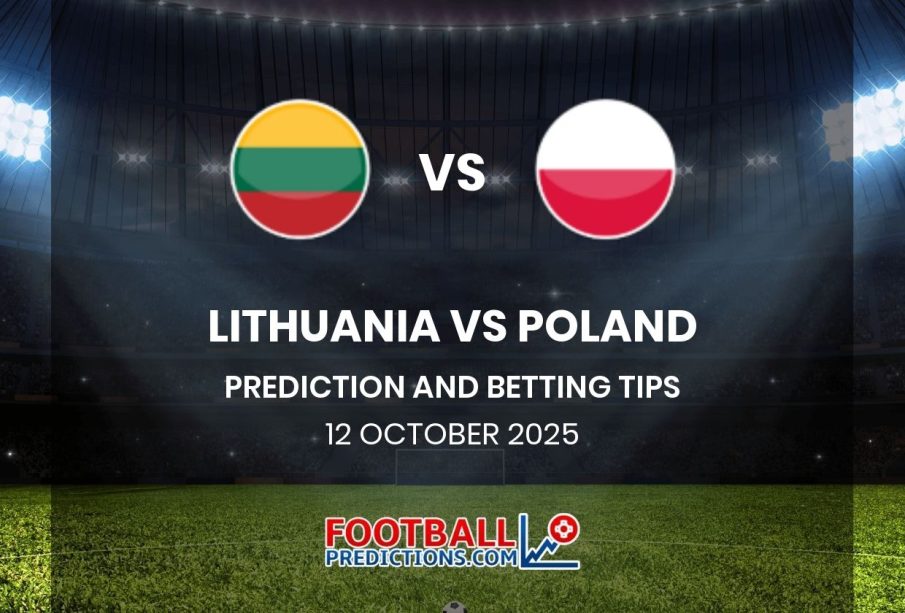Lithuania vs Poland: A Comprehensive Overview

Introduction
The relationship between Lithuania and Poland is a significant aspect of Central and Eastern European history. Both nations share deep-rooted cultural, historical, and political ties, stemming from their past as part of the Polish-Lithuanian Commonwealth, which existed from the late 14th century until the late 18th century. Recent geopolitical developments and regional security concerns have revitalised this historical connection, making it crucial for both nations as they navigate contemporary international relations.
Historical Context
Historically, Lithuania and Poland have experienced a complex relationship, marked by both cooperation and conflict. The two countries united to form a political entity in the late Middle Ages, fostering a unique cultural and political partnership. However, the partitions of Poland in the late 18th century saw the dissolution of the Commonwealth, with Lithuania falling under the control of the Russian Empire. After gaining independence in the 20th century, both nations faced challenges but have continued to collaborate on various levels.
Current Political Climate
Today, the political landscape in Eastern Europe necessitates a united front against external threats, particularly from Russia. In light of the ongoing conflict in Ukraine, Lithuania and Poland have become strong allies, engaging in joint military exercises and initiatives, enhancing defence cooperation, and advocating for heightened security measures within NATO. The two countries have worked closely together to support Ukraine, providing military aid and humanitarian assistance in response to the crisis.
Economic Ties
Economically, Lithuania and Poland are increasingly interlinked, with both nations benefiting from trade agreements and investments. Poland is Lithuania’s largest trading partner in the region, with significant exchange in goods and services. This economic collaboration has not only strengthened bilateral ties but has also improved their positions within the broader European Union framework.
Cultural Connections
Culturally, Lithuania and Poland share significant historical landmarks and traditions, evident in their literature, festivals, and language. The historical bonds are celebrated through various cultural events, educational exchanges, and community initiatives, promoting mutual understanding and respect between the two nations.
Conclusion
In conclusion, the relationship between Lithuania and Poland is a vital element of regional stability in Eastern Europe. As both countries face various challenges, their historical ties, coupled with contemporary political and economic cooperation, will likely continue to evolve. This collaborative approach not only benefits the two nations but also plays a crucial role in fostering security and prosperity in the region, indicating a promising future for continued partnership in various fields.









